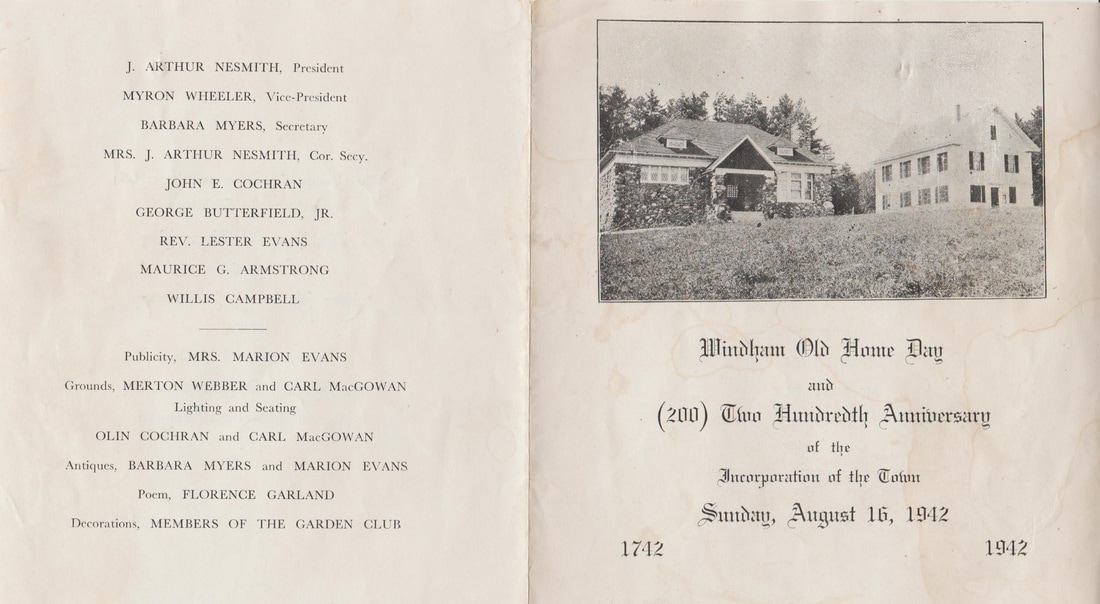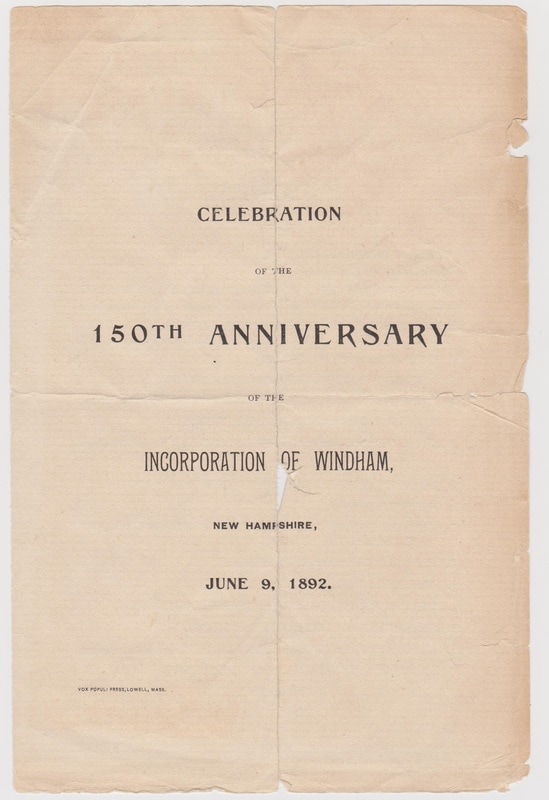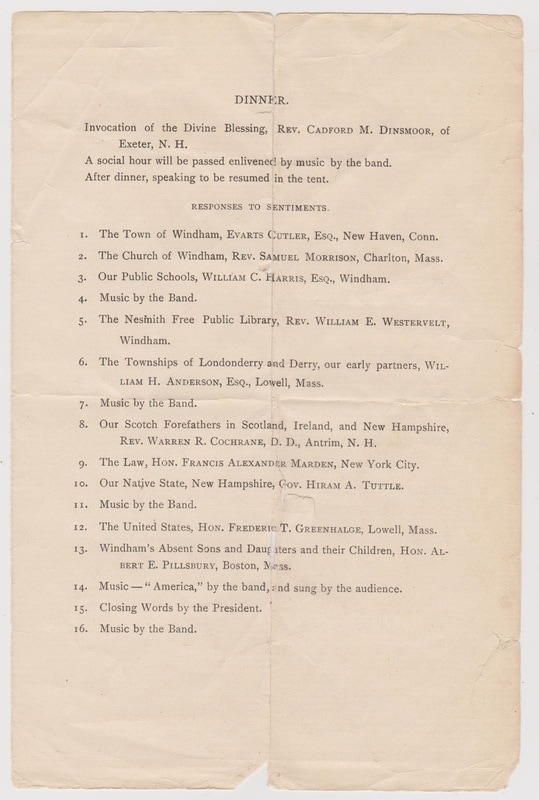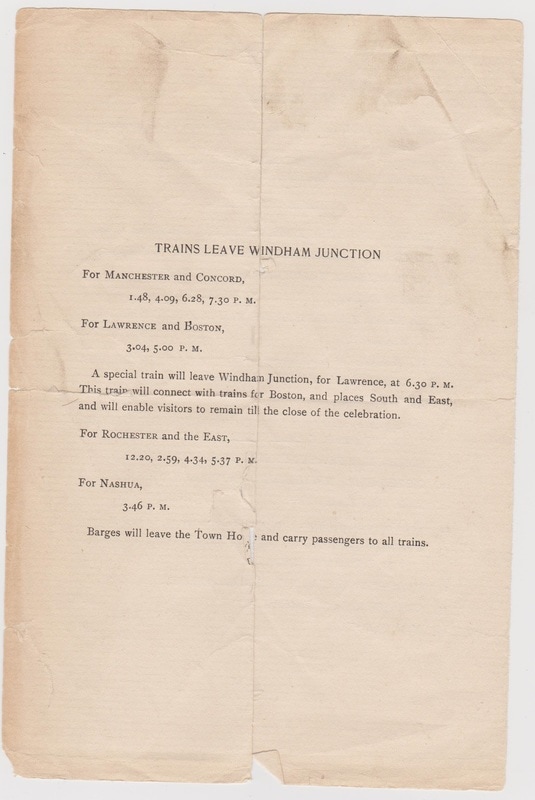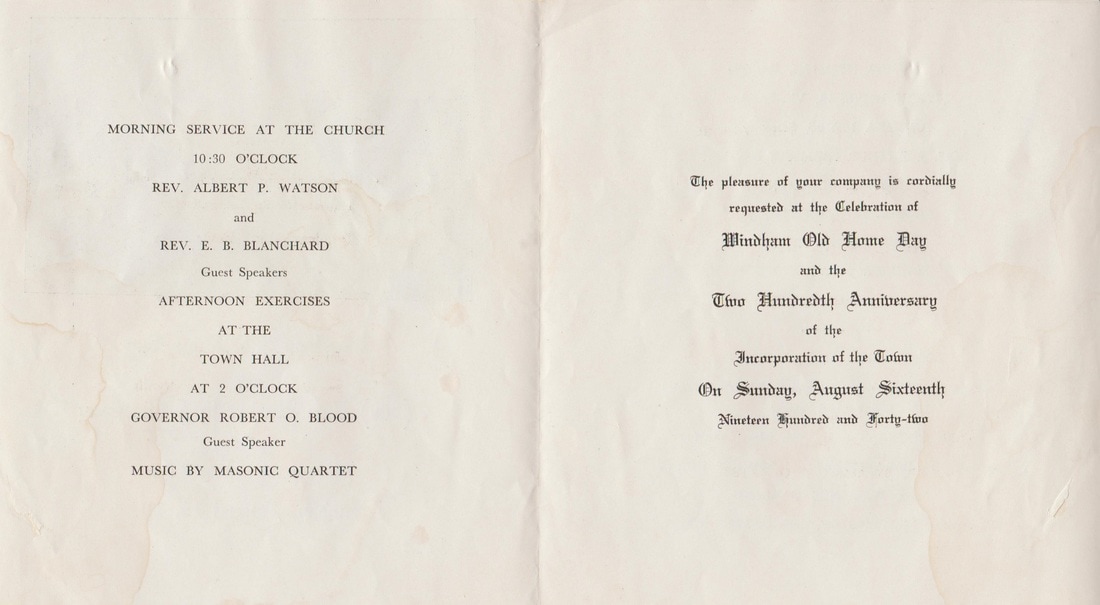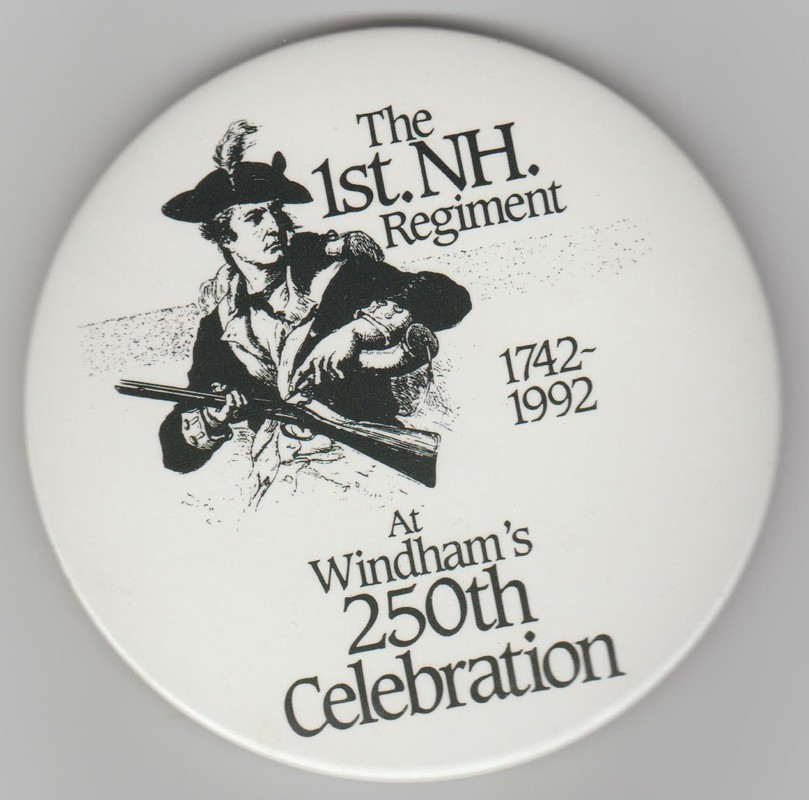The Petition of Sundry of the Inhabitants of the South part of Londonderry in said Province, Humbly Shows
That your Petitioners by the Situation of their estates and Places of residence in the said Town labor under considerable difficulties unknown to others not in their circumstances more especially with respect to their Attendance on the public worship. The greater part of them or rather all of them except three living upwards of Seven miles from either of the meetinghouses in the said Town, the inconveniences of which are self evident.
That the inhabitants of the Parish in the said town to which your Petitioners principally belong, sensible of the difficulties attending your Petitioners in this regard have lately at a public meeting voted what should be the boundaries of a new parish if the Petitioners can obtain the authority of this court to incorporate them, and that there will be no opposition (as your Petitionrs conceive) from any part of the said Town to the erecting a new parish by the boundaries voted as aforesd. Wherefore your Petitioners most humbly Pray this Honble Court to erect a New Parish in the said Town by the boundaries aforesaid which will comprehend a tract of land near six miles in length and four in breadth lying on the South side at the Easterly end of the said Town and Take in your Petitioners habitations & estates, and that they may be invested with such legal powers and authorities as may be sufficient to answer the ends and purposes of such a precinct, and your Petitioners as in duty bound will ever pray, &c.
Prior to the introduction of the act to incorporate Windham, the name “Windham” does not appear in any of the founding documents. However, it is known that the name was taken in honor of Sir Charles Wyndham, 2nd Earl of Egremont and Baron of Cockermouth. Sir Charles Wyndham, of Petworth, West Sussex, England, served as a member of Parliament, as well as Secretary of State of the Southern Department. As many Londonderry households faced the possibility of traveling nearly two hours to the nearest meeting house, one-way, for years to come if Governor Wentworth did not grant their request in a timely manner, they may have chosen the name “Windham” in order to curry favor with the colonial governor; Sir Charles Wyndham was a close friend of Governor Wentworth.
As historian Leonard Morrison wrote:
The sun which rose on the morning of Feb. 12, 1742, ushered in a new and brighter day to our people. Windham that day became a town, with a legal name, clothed with individuality, possessing the same rights, enjoying the same privileges, and subject to the same burdens and responsibilities of other towns in the Province. Henceforth the people of this little republic, in their congress (town-meeting), where every man was a member, and could and would be heard, were to manage their domestic affairs in their own time, in their own way, and for their own good.
At the first town meeting, after the civic-minded men of Windham gathered at the home of James Bell, Robert Dinsmoor called the meeting to order; Samuel Morison presided over the meeting as the first moderator, a position he was elected to fill. Following the reading of the warrant, the next order of business was to vote to elect various town officers, including: selectmen, town clerk, constable, and “Invoice men.” One of the now-archaic positions included a tything man, who was charged with arresting persons found traveling through town on Sunday; exception was made for those attending a church service or tending to the needs of the sick. When Windham’s first tything man, Robert Hopkins, caught a parishioner sleeping during a church service, or decided a noisy child was disrupting the service, he would have remedied the situation by using his stave. A stave was traditionally a wooden stick with a brass head on one end, and feathers on the other. The brass end would have been used to hit sleeping men, while the feathered end was used to gently wake up a woman. In the first few years of Windham’s existence, two men carried staves: Robert Hopkins as the tything man and Nathaniel Hemphill as the constable.
With a full complement of town officers selected, Windham became a full-fledged town, a community with just a couple hundred residents.
- Thomas Morrison, 1710 - 1797 (since moved from Windham)
- William Gregg, 1705 - 1797
- Thomas Quigley, 1703 - 1793 (since moved from Windham)
- John Armstrong, 1713 - 1795
- Samuel Campbell, 1722 - 1797
Windham first celebrated its anniversary in 1892. As Leonard Morrison had published his tome on Windham's history in 1883, there would have certainly been increased interest in Windham's early history by 1892. By 1892, the population of Windham had fallen to approximately 700 residents, mostly due to the migration of younger people from rural communities to cities. However, there was no shortage of festivities for the 150th anniversary celebration, which took place on June 9, 1892.
| Windham's next, and most recent, celebration of it's incorporation was held in 1992, for the 250th anniversary. One of the highlights of that celebration was a Revolutionary War reenactment by the New Hampshire 1st Regiment. Their weekend encampment in Windham included the reenactment of a battle, as well as other Revolutionary War era life, including a blacksmith demonstration. The celebration of the 250th anniversary also included a visit from Governor Judd Gregg. While the past celebrations of Windham's incorporation have occurred at 50-year intervals, the 275th anniversary will be celebrated in August of this year. The 275th anniversary will be an opportunity to partake in history; an event that only occurs every 25 to 50 years. |
